- Transplanting and Propagation of Aloe Babies
- Transplanting Aloe Babies
- Propagating Aloe Babies
- Why Transplant?
- When to Transplant?
- Preparation for Transplanting
- How to Transplant Aloe Babies
- Step 1: Gather the necessary materials
- Step 2: Prepare the new pot or container
- Step 3: Gently remove the aloe baby from the parent plant
- Step 4: Inspect the roots
- Step 5: Place the aloe baby in the new pot
- Step 6: Water the newly transplanted aloe baby
- Step 7: Place the aloe baby in a suitable location
- Step 8: Care for the transplanted aloe baby
- Propagating Aloe Babies
- Choosing the Right Container
- Care After Transplanting
- 1. Watering
- 2. Sunlight
- 3. Temperature and Humidity
- 4. Fertilization
- 5. Pests and Diseases
- Troubleshooting Common Issues
- 1. Overwatering
- 2. Underwatering
- 3. Lack of sunlight
- 4. Pests
- 5. Transplant shock
- Q&A:
- When is the best time to transplant aloe babies?
- How do I prepare the new pot for transplanting aloe babies?
- What is the procedure for transplanting aloe babies?
- Can I propagate aloe babies without transplanting them?
- How often should I water transplanted aloe babies?
- What are some common problems when transplanting aloe babies?
- Video: How To Care and Propagate Your Aloe Vera | Houseplant Care Guide
If you’re a fan of aloe plants, you may be wondering how to go about transplanting and propagating their babies. Aloe babies, also known as offsets or pups, are small plantlets that grow from the base of the parent plant. Transplanting and propagating these babies can be a rewarding experience, allowing you to expand your aloe collection or share the plants with friends and family.
Before you begin the transplanting process, it’s important to ensure that the babies are ready to be separated from the parent plant. Look for offsets that are at least a couple of inches tall and have a few healthy, well-developed roots. This indicates that the babies are strong enough to be transplanted and have a good chance of surviving on their own.
When it comes to transplanting, it’s best to do it during the warmer months when the aloe plants are actively growing. Start by preparing a well-draining potting mix that is specially formulated for succulents. Gently remove the baby from the parent plant by carefully digging around its base and loosening the roots. Be sure to handle the aloe babies with care to avoid damaging their delicate roots.
Once you have successfully transplanted the aloe baby into its new pot, place it in a bright location with indirect sunlight. Avoid overwatering the plants, as aloe plants are drought-tolerant and excessive moisture can cause root rot. Allow the soil to dry out between waterings, and be sure to provide good air circulation around the plants to prevent any fungal diseases.
Transplanting and Propagation of Aloe Babies
Transplanting and propagating aloe babies is a straightforward process that can help you expand your aloe collection or share them with friends and family. Whether you’re a beginner or an experienced gardener, this concise guide will walk you through the steps of transplanting and propagating aloe babies.
Transplanting Aloe Babies
Transplanting aloe babies is necessary when they outgrow their current pots or containers. Here’s how you can successfully transplant them:
- Choose a suitable pot or container: Select a pot with drainage holes to ensure proper water drainage.
- Prepare the potting mix: Use a well-draining potting mix suitable for succulents or cacti. Mixing perlite or coarse sand with regular potting soil can improve drainage.
- Carefully remove the aloe baby: Gently remove the baby plant from its current container or separate it from the mother plant using a clean and sharp knife or shears.
- Inspect the roots: Check the roots for any signs of rot or damage. Trim off any unhealthy or dead roots.
- Plant the aloe baby: Place the aloe baby in the new pot, ensuring it is positioned upright. Fill the pot with the prepared potting mix, leaving some space at the top for watering.
- Water the plant: Give the transplanted aloe baby a thorough water, allowing the water to flow through the drainage holes and ensuring that the soil is evenly moist.
- Place in a suitable location: Keep the newly transplanted aloe baby in a location with bright, indirect sunlight. Avoid placing it in direct sunlight, as this can scorch the leaves.
Propagating Aloe Babies
Propagating aloe babies is an excellent way to expand your aloe collection or share them with others. Follow these steps to propagate aloe babies:
- Select a healthy aloe baby: Choose a mature and healthy aloe baby with a well-developed root system.
- Prepare the planting medium: Use a well-draining potting mix suitable for succulents or cacti. You can also create a mix of perlite and potting soil.
- Gently remove the aloe baby: Carefully separate the aloe baby from the mother plant, ensuring that it has intact roots.
- Allow the offset to dry: Let the cut end of the offset dry for a day or two. This will help prevent rotting when planted in the soil.
- Plant the aloe baby: Place the aloe baby in a small pot filled with the prepared potting mix. Insert it into the soil, burying the roots, and press the soil lightly around the base of the plant.
- Water the plant: Give the propagated aloe baby a small amount of water, allowing the soil to become slightly moist. Avoid overwatering, as this can lead to root rot.
- Provide suitable light and temperature: Place the pot in a location with indirect sunlight and maintain a temperature between 65-75°F (18-24°C).
By following these simple steps, you can successfully transplant and propagate aloe babies, expanding your collection and sharing the beauty of these resilient plants.
Why Transplant?
Transplanting aloe babies is a crucial step in their growth and development. There are several reasons why you might need to transplant your aloe babies:
- Space: Aloe babies tend to grow and multiply over time, taking up more space in their current pot. Transplanting them into a larger pot will provide them with enough room to grow and thrive.
- Nutrient availability: As aloe babies grow, they deplete the nutrients in their current soil. Transplanting them into fresh soil will replenish their nutrient supply and ensure healthy growth.
- Healthy root system: Over time, the roots of aloe babies can become tangled and overcrowded. Transplanting them allows for the development of a healthy root system, which is essential for water absorption and nutrient uptake.
- Improved drainage: Aloe babies thrive in well-drained soil. Transplanting them into a pot with proper drainage holes or a well-draining soil mix will prevent waterlogged roots and root rot.
- Aesthetic appeal: Transplanting aloe babies into a new pot can also enhance the overall appearance of your plant collection. You can choose a pot that complements your interior or exterior decor, adding a touch of beauty to your living space.
In conclusion, transplanting aloe babies is necessary to provide them with enough space, fresh nutrients, a healthy root system, proper drainage, and aesthetic appeal. By transplanting them at the right time, you can ensure the long-term health and vitality of your aloe babies.
When to Transplant?
Knowing when to transplant your aloe babies is important to ensure their successful growth and development. Here are some signs that indicate it may be time to transplant:
- Root overgrowth: If you notice that the roots of your aloe babies have started to fill their current container or pot, it may be time to transplant them into a larger one. Overcrowded roots can restrict their growth.
- Yellowing leaves: Yellowing leaves can be a sign of nutrient deficiencies or poor soil conditions. Transplanting your aloe babies into fresh, well-draining soil can help improve their health.
- Stunted growth: If your aloe babies are not growing as quickly as they should or their growth appears to have stagnated, it could be because they have outgrown their current container. Transplanting them into a larger pot can provide them with more space for root development.
- Root bound: When the roots of your aloe babies become tightly woven and start circling around the bottom of their container, they are considered root bound. This can limit their ability to take up nutrients and water from the soil.
- Spilling over the pot: If your aloe babies are starting to spill over the sides of their pot, it is a clear indication that they need a larger container to accommodate their growth.
Transplanting your aloe babies at the right time will help ensure their continued health and vitality. It is recommended to check their root system and evaluate their growth regularly to determine when a transplant is necessary.
Preparation for Transplanting
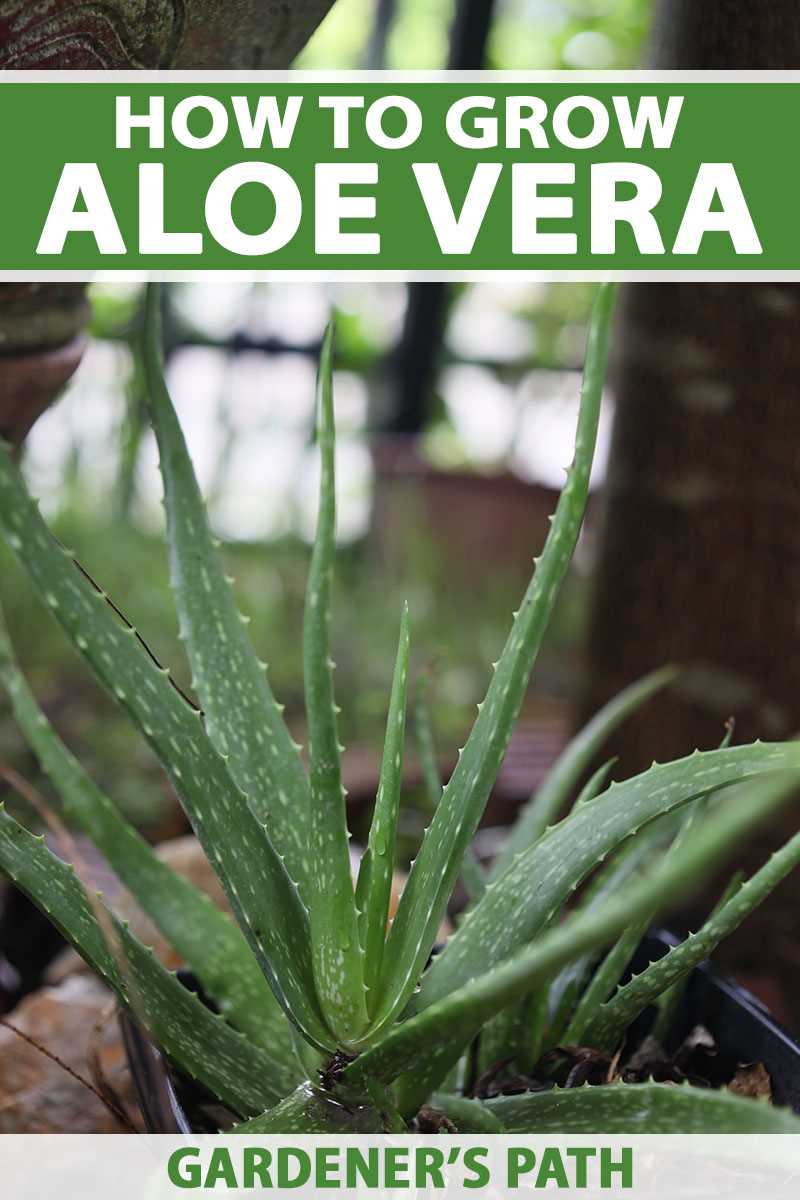
Before transplanting aloe babies, there are a few preparations that need to be done to ensure the success of the process.
1. Choose a suitable pot: Select a pot that is slightly larger than the current size of the aloe baby. Make sure the pot has drainage holes at the bottom to prevent water from accumulating and causing root rot.
2. Prepare the potting mix: Use a well-draining potting mix for aloe babies. Mix equal parts of regular potting soil, perlite, and sand to create a suitable mix. This mixture will provide adequate drainage and prevent the roots from becoming waterlogged.
3. Water the aloe baby a few days before transplanting: To make the transplanting process easier, water the aloe baby a few days before. This will help loosen the soil around the roots and prevent the plant from going into shock during the transplant process.
4. Prepare the new pot: Fill the new pot with the prepared potting mix, leaving enough space at the top to accommodate the aloe baby and its roots.
5. Gently remove the aloe baby from its current pot: Carefully turn the pot upside down while supporting the stem of the aloe baby. Tap the bottom of the pot to loosen the plant and gently slide it out. If the plant is stuck, you can use a blunt object, such as a spoon, to loosen the soil around the edges of the pot.
6. Inspect the roots: Once the aloe baby is out of its pot, inspect the roots for any signs of damage or disease. Trim any unhealthy or rotten roots using a clean and sterile pair of scissors or pruning shears.
7. Place the aloe baby in the new pot: Put the aloe baby into the prepared pot, making sure the roots are well spread out. Gently fill the rest of the pot with the potting mix, ensuring that the plant is securely held in place.
8. Water thoroughly: After transplanting, give the aloe baby a good watering to help settle the soil and remove any air pockets around the roots. Water the plant until the excess water drains out of the bottom of the pot.
Following these preparation steps will help ensure a successful transplanting process for aloe babies.
How to Transplant Aloe Babies
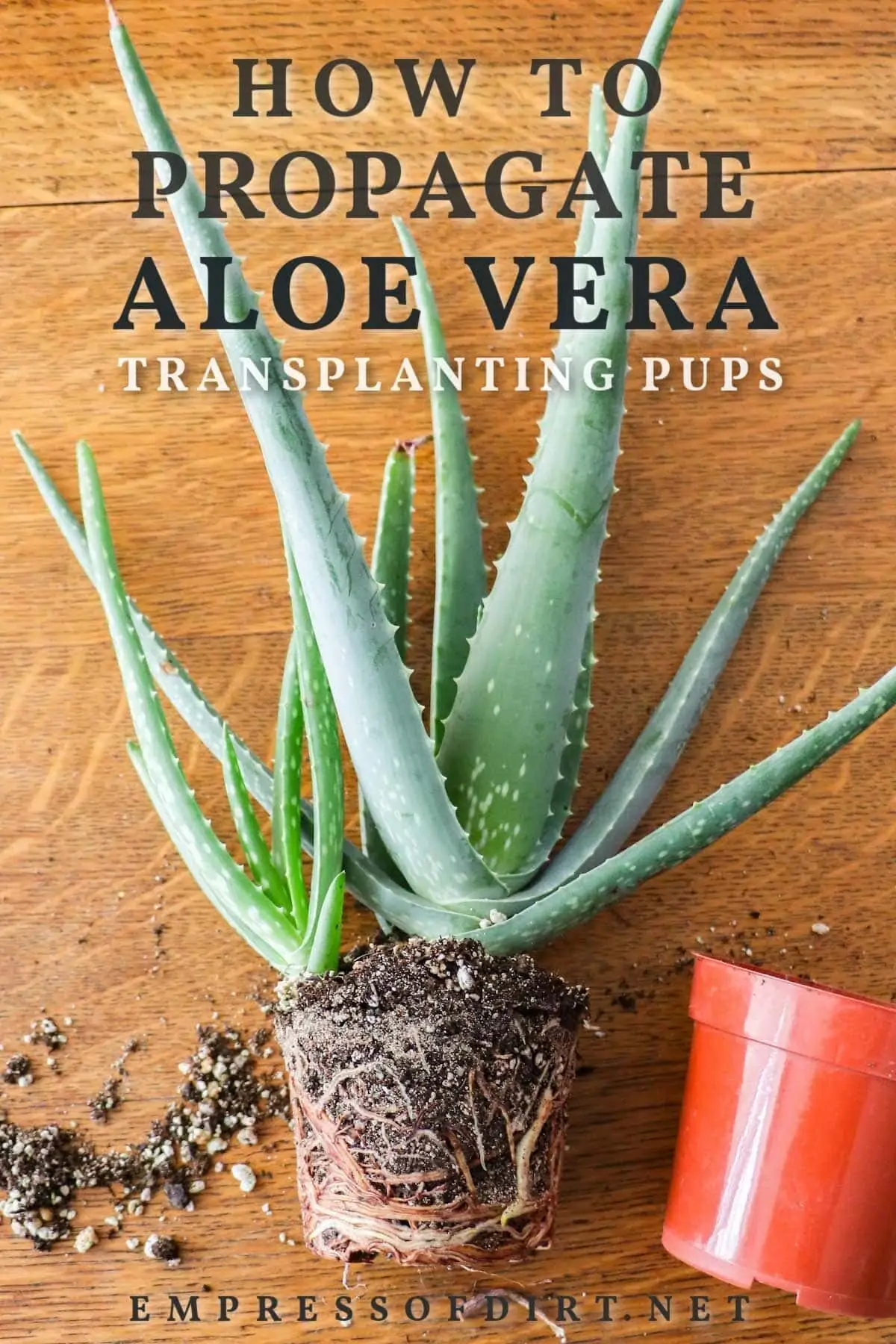
Transplanting aloe babies is a simple process that can help you propagate new plants and expand your aloe collection. Here is a step-by-step guide on how to transplant aloe babies:
Step 1: Gather the necessary materials
Before you start transplanting, make sure you have all the materials you need. This includes a suitable pot or container, well-draining soil, and a small trowel or spoon for digging.
Step 2: Prepare the new pot or container
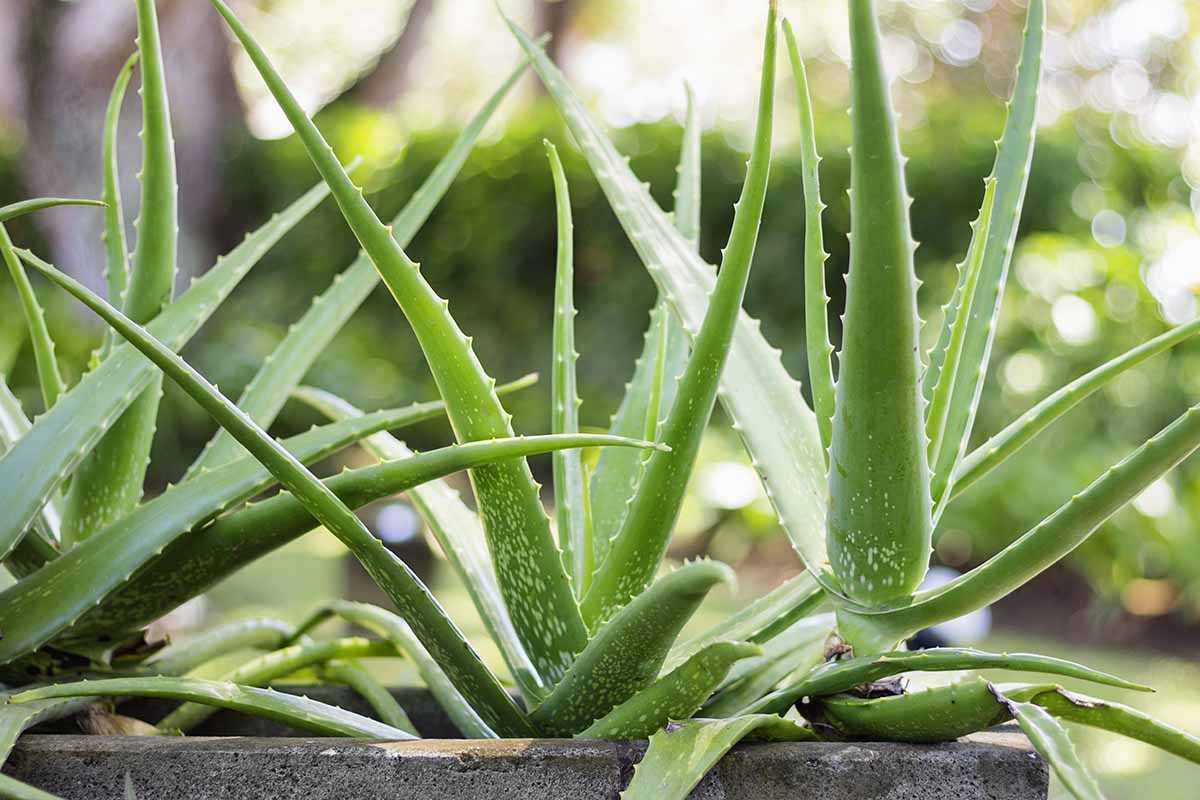
Choose a pot or container that is slightly larger than the aloe baby’s current container. Make sure it has drainage holes to prevent water from pooling at the roots. Fill the new pot with well-draining soil, leaving enough space for the aloe baby.
Step 3: Gently remove the aloe baby from the parent plant
Using a trowel or spoon, carefully loosen the soil around the base of the aloe baby. Be gentle to avoid damaging the roots. Once the aloe baby is loosened, gently lift it out of the soil.
Step 4: Inspect the roots
Take a look at the roots of the aloe baby. If they appear crowded or tangled, you can gently separate them with your fingers. This will help the plant establish itself in its new pot more easily.
Step 5: Place the aloe baby in the new pot
Make a small hole in the soil of the new pot and carefully place the aloe baby in it. Make sure the roots are covered with soil, but avoid burying the stem or leaves of the plant. Gently press down the soil around the base of the aloe baby to secure it in place.
Step 6: Water the newly transplanted aloe baby
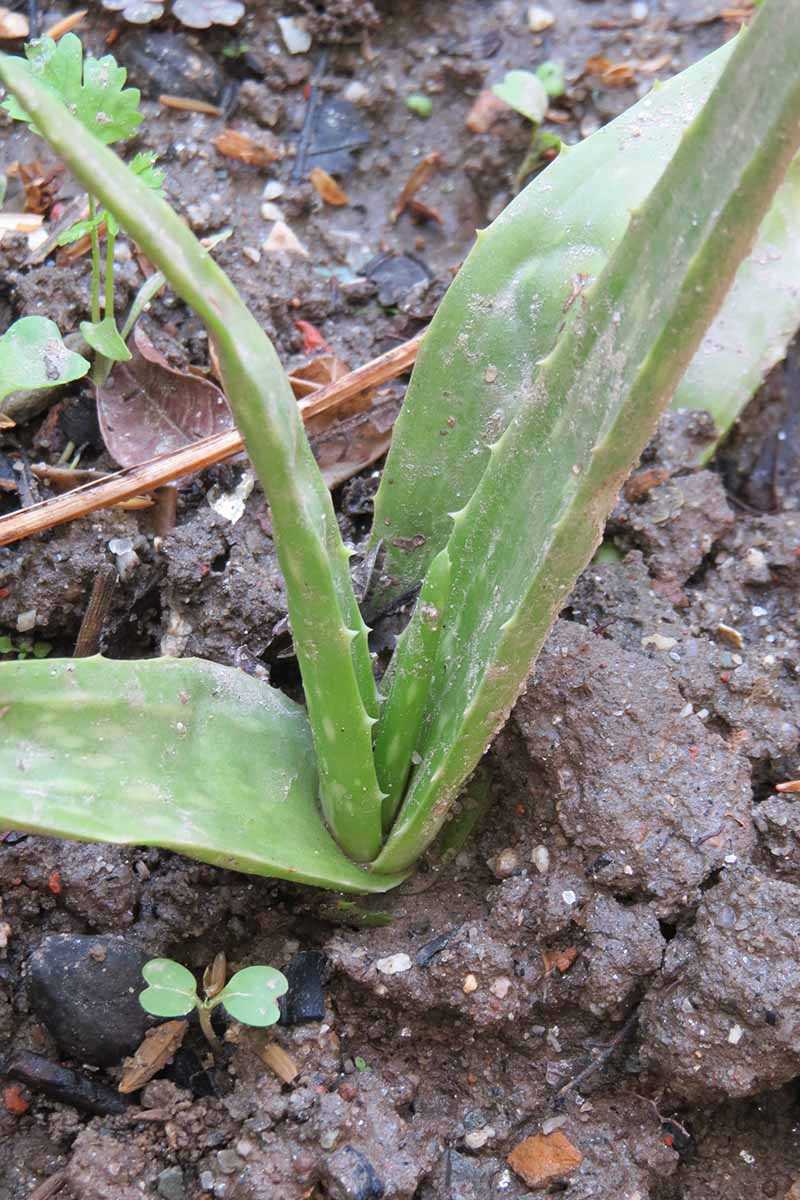
After transplanting, give the aloe baby a thorough watering. This will help settle the soil and provide the plant with the moisture it needs to establish itself. However, be careful not to overwater, as aloe plants are susceptible to root rot.
Step 7: Place the aloe baby in a suitable location
Find a suitable location for the newly transplanted aloe baby. Aloe plants thrive in bright, indirect sunlight, so choose a spot that receives plenty of light. Avoid placing the plant in direct sunlight, as this can scorch the leaves.
Step 8: Care for the transplanted aloe baby
Continue to care for the transplanted aloe baby as you would with any other aloe plant. This includes watering it sparingly, allowing the soil to dry out between waterings, and providing it with occasional fertilization.
By following these steps, you can successfully transplant aloe babies and enjoy the beauty and benefits of these versatile plants.
Propagating Aloe Babies
Aloe babies, also known as offsets or pups, are small plants that grow at the base of mature aloe plants. Propagating aloe babies is a great way to expand your aloe plant collection or share the plants with friends and family. Here are the steps to successfully propagate aloe babies:
- Prepare the potting mix: Aloe plants prefer well-draining soil. Mix equal parts of potting soil, sand, and perlite to create a suitable potting mix for aloe babies.
- Select a suitable pot: Choose a pot that is slightly larger than the size of the aloe baby. Make sure the pot has drainage holes to prevent waterlogged soil.
- Gently remove the aloe baby: Carefully detach the aloe baby from the mother plant using a clean and sharp knife or garden shears. Be sure to leave some roots intact with the baby plant.
- Allow the baby plant to dry: Place the aloe baby in a warm and dry place for a few days to allow the cut end to callous over. This will help prevent rotting when planted.
- Plant the aloe baby: Once the cut end has calloused, plant the aloe baby in the prepared potting mix. Press the soil gently around the roots to secure the plant in place.
- Provide adequate light and water: Place the potted aloe baby in a location with bright, indirect sunlight. Water the plant sparingly, allowing the soil to dry out completely between waterings.
- Monitor and care for the new plant: Keep an eye on the aloe baby, checking for any signs of overwatering or underwatering. Provide occasional light fertilization to promote healthy growth.
- Watch for root development: Over time, the aloe baby will develop its own root system. Once the plant has established roots and shows signs of healthy growth, it can be treated like a mature aloe plant.
By following these steps, you can successfully propagate aloe babies and enjoy the beauty and benefits of these versatile plants.
Choosing the Right Container
When it comes to transplanting and propagating aloe babies, choosing the right container is essential for their growth and development. Here are some factors to consider when selecting a container:
- Size: Select a container that is large enough to accommodate the aloe baby’s root system and allow for proper growth. It should be deep and wide enough to provide ample space for the roots to spread out.
- Drainage: Ensure that the container has adequate drainage holes to prevent the accumulation of excess water. Aloe plants prefer well-draining soil, and improper drainage can lead to root rot and other issues.
- Material: Choose a container made of clay, ceramic, or plastic. Clay and ceramic pots have better air circulation and allow excess moisture to evaporate. Plastic pots are lightweight and more convenient to move around.
- Appearance: Consider the aesthetic appeal of the container as well. Aloe plants can be visually appealing, and choosing a container that complements their unique shape and color can enhance the overall look of your garden or indoor space.
Keep in mind that aloe plants prefer slightly cramped conditions, so it’s better to choose a slightly smaller container rather than one that is too big. Additionally, always use a potting mix specifically formulated for succulent plants, as it provides the necessary drainage and nutrients for their healthy growth.
Care After Transplanting
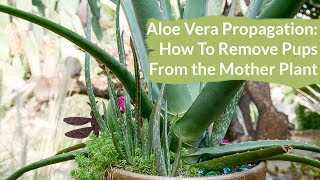
After transplanting your aloe babies, it is important to provide them with proper care to ensure their health and growth. Here are some essential tips to follow:
1. Watering
- Water the transplanted aloe babies sparingly, allowing the soil to dry out slightly between waterings. Overwatering can lead to root rot and other issues.
- Use a well-draining soil mix to prevent waterlogged roots. A cactus or succulent mix with added perlite or sand works well.
- Water the base of the plants rather than spraying the leaves to avoid rotting and fungal diseases.
2. Sunlight
- Place the transplanted aloe babies in a location that receives bright, indirect sunlight for most of the day.
- Avoid placing them in direct sunlight, as it can cause sunburn and damage the leaves.
- If growing indoors, choose a south or west-facing window where they can receive ample light.
3. Temperature and Humidity
- Aloe babies thrive in temperatures between 60°F (15°C) and 80°F (27°C).
- Avoid exposing them to extreme cold or heat, as it can stunt their growth or even kill them.
- Maintain moderate humidity levels, as excessive humidity can lead to fungal diseases.
4. Fertilization
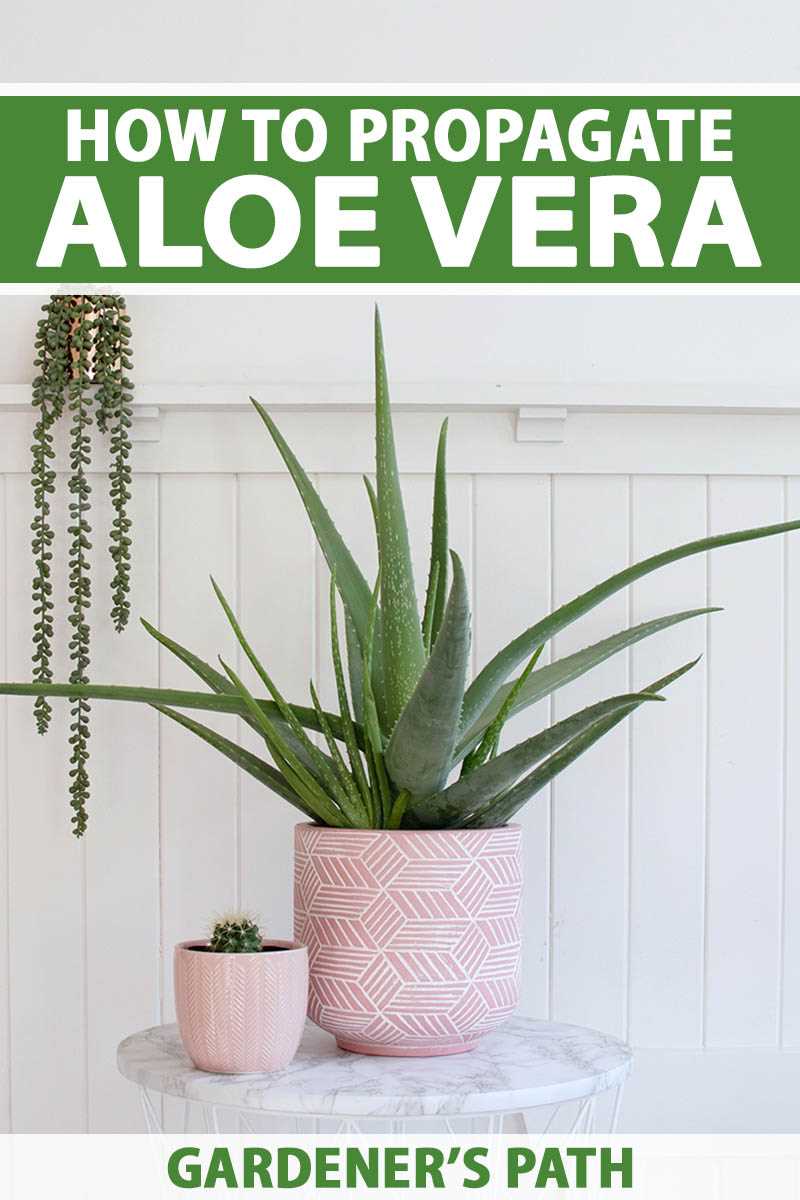
- Avoid fertilizing the transplanted aloe babies for the first few months after transplanting.
- Once they are established and showing new growth, you can start fertilizing them with a balanced succulent or cactus fertilizer, following the package instructions.
- Apply the fertilizer sparingly to prevent over-feeding, which can damage the plants.
5. Pests and Diseases
- Monitor the transplanted aloe babies for signs of pests such as mealybugs or scale insects.
- If you notice any pests, treat them with an appropriate insecticidal soap or spray to prevent infestation.
- Keep an eye out for signs of diseases such as root rot or leaf spots, and address them promptly by adjusting watering habits or using appropriate fungicides.
Following these care tips will help your transplanted aloe babies adapt well and continue to thrive in their new environment. Remember to observe them closely and make adjustments as needed to ensure their continued health and growth.
Troubleshooting Common Issues
1. Overwatering
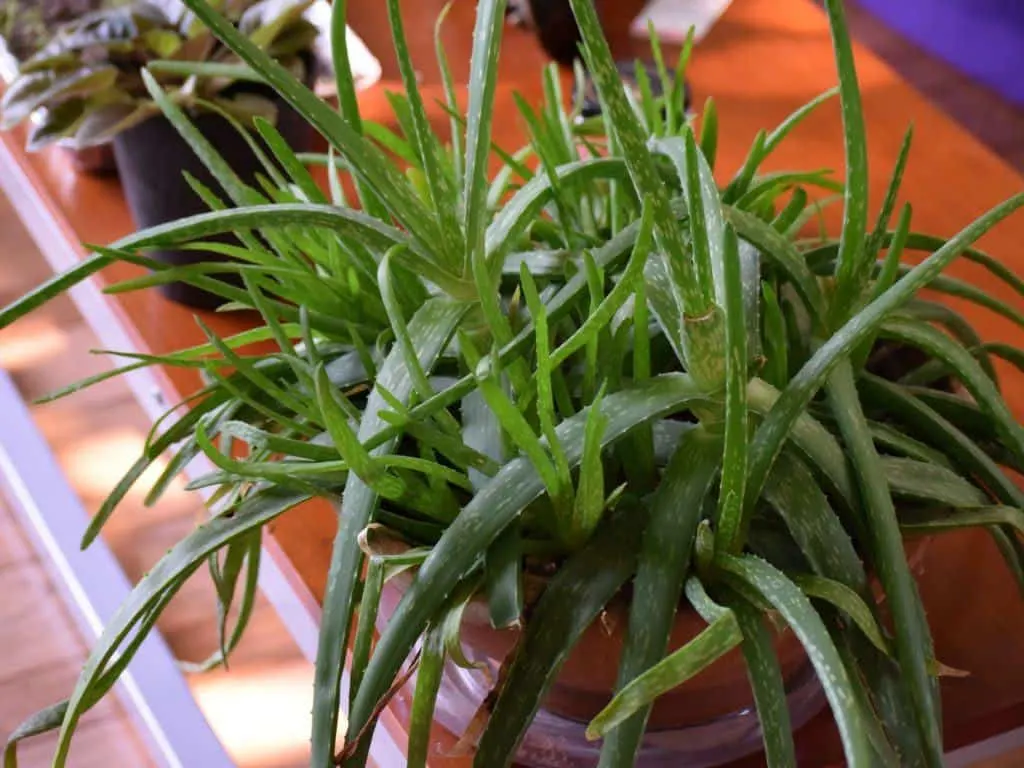
One common issue that can affect the health of aloe babies is overwatering. Aloe plants are succulents and are adapted to survive in dry conditions. Overwatering can cause the roots to rot and lead to the death of the plant.
To avoid overwatering, make sure to allow the soil to dry out completely between waterings. Also, ensure that the pot has good drainage to prevent water from sitting in the bottom.
2. Underwatering
On the other hand, underwatering is another common issue for aloe babies. While it’s important to let the soil dry out between waterings, it’s still necessary to give them enough moisture to survive.
Check the soil regularly by inserting your finger into it. If it feels dry, it’s time to water the plant. Provide enough water to thoroughly wet the soil, but make sure to let the excess water drain out.
3. Lack of sunlight
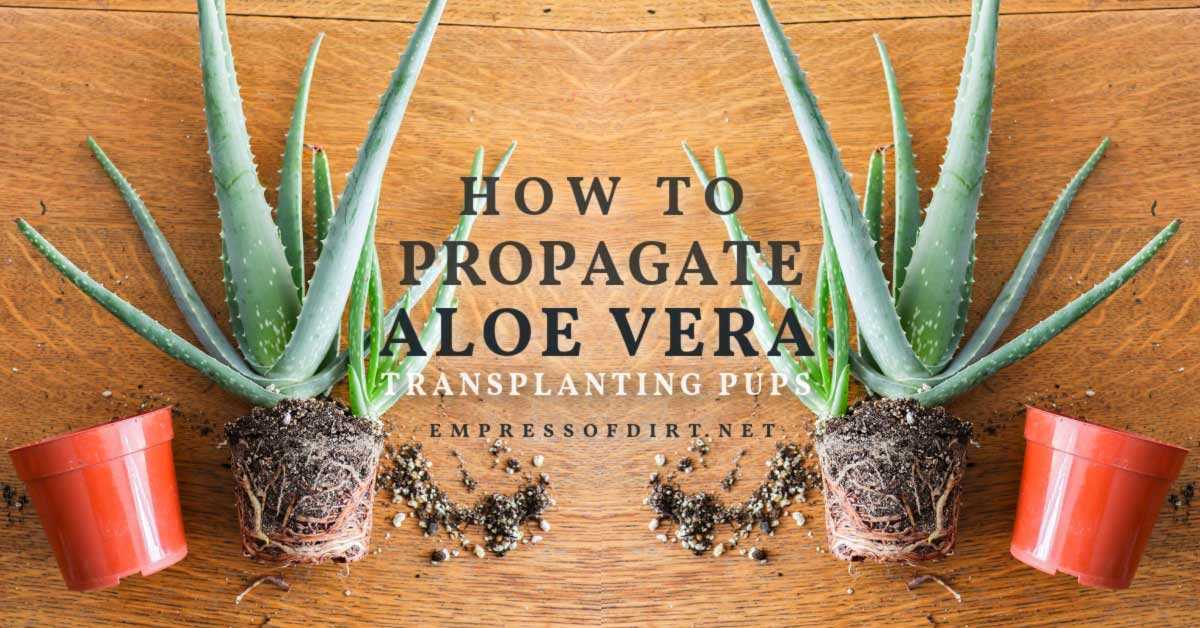
Aloe plants thrive in bright sunlight and need at least six hours of direct sunlight daily. Insufficient sunlight can cause the plants to become weak and leggy.
If your aloe babies are not getting enough sunlight, consider moving them to a sunnier location or providing them with artificial grow lights. Keep in mind that intense afternoon sun can also damage the plants, so it’s best to provide some shade during those hours.
4. Pests
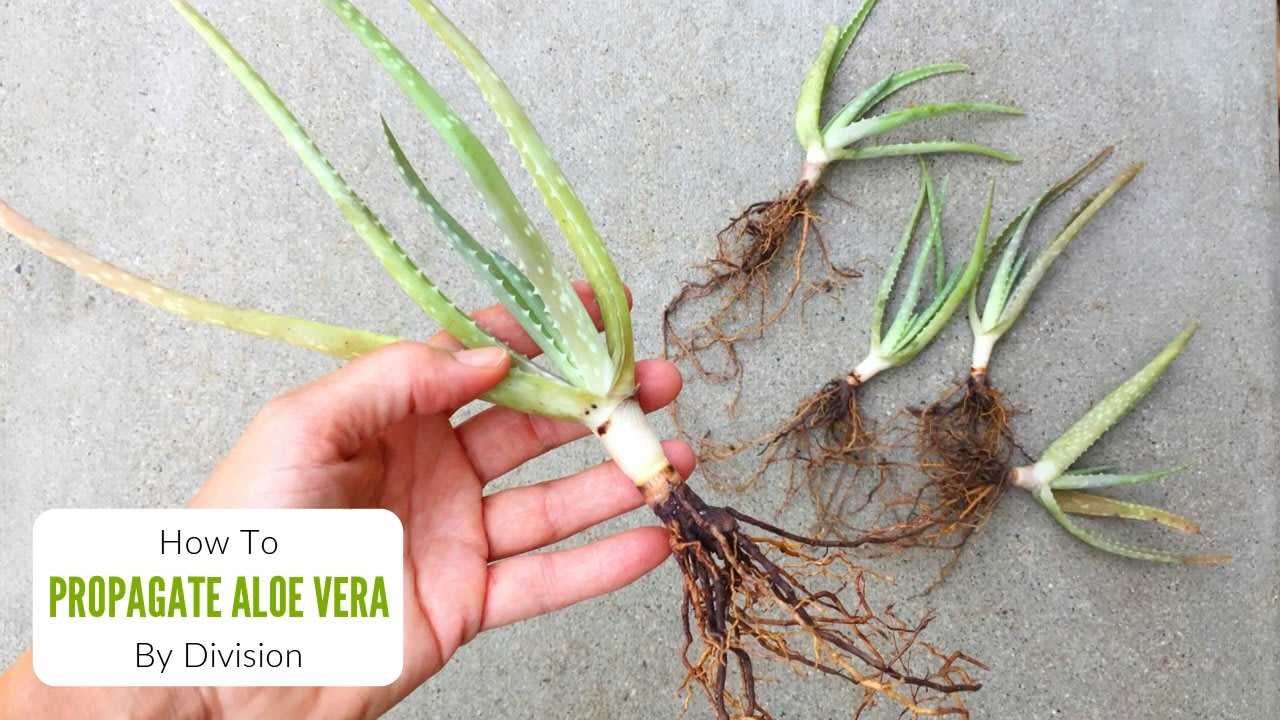
Another common issue that can affect aloe babies is pest infestation. Common pests that can attack aloe plants include aphids, mealybugs, and spider mites.
If you notice any signs of pests, such as small insects or webs on the plant, take action immediately. You can try using insecticidal soap or neem oil to eliminate the pests. Alternatively, you can try wiping the leaves with a mixture of water and mild soap.
5. Transplant shock
When transplanting aloe babies, they may experience transplant shock. This can cause wilting, yellowing of leaves, or slowed growth.
To minimize transplant shock, make sure to gently remove the plant from its original pot and handle it with care. Plant it in its new pot at the same depth as before and avoid disturbing the roots too much.
Provide the newly transplanted aloe babies with appropriate care, such as appropriate watering and sunlight, to help them recover from transplant shock.
Q&A:
When is the best time to transplant aloe babies?
The best time to transplant aloe babies is in the spring or early summer when they are actively growing and can establish themselves more easily in a new location.
How do I prepare the new pot for transplanting aloe babies?
To prepare the new pot for transplanting aloe babies, you should choose a pot that is slightly larger than the current pot, have drainage holes, and fill it with a well-draining succulent soil mix.
What is the procedure for transplanting aloe babies?
The procedure for transplanting aloe babies involves gently removing the baby from the mother plant, allowing the wound to callous, placing the baby in a new pot with fresh soil, and avoiding watering for a few days to prevent root rot.
Can I propagate aloe babies without transplanting them?
Yes, you can propagate aloe babies without transplanting them by leaving them attached to the mother plant until they develop their own roots, and then carefully detaching them and planting them in their own pot.
How often should I water transplanted aloe babies?
After transplanting aloe babies, it is important to water them sparingly because their roots are sensitive and can easily rot. Wait until the soil is completely dry before watering, and always make sure the pot has drainage holes to prevent water from sitting in the soil.
What are some common problems when transplanting aloe babies?
Some common problems when transplanting aloe babies include root rot from overwatering, shock from being moved to a new location, and insufficient light or nutrients. It is important to carefully monitor the plant’s condition and make any necessary adjustments to ensure successful transplantation.
Video:
How To Care and Propagate Your Aloe Vera | Houseplant Care Guide







